

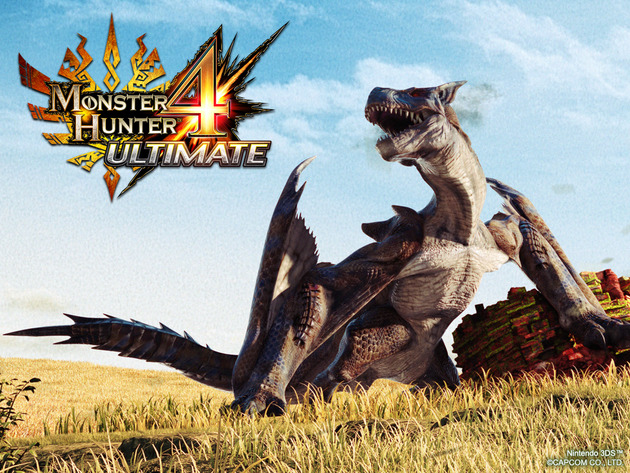
Monster Hunter 4 Ultimate is now in stores, bringing the latest entry in the ever-complicated and challenging series to the West. There's little denying that, despite some effort on Capcom's part, the franchise can be daunting and difficult to grasp; even those getting through the early quests may be missing out on some intricacies and techniques that will make life easier.
This guide is designed to highlight key areas unique to the new entry. For an additional introduction you can check out our guide for the demo, while if you're entirely new to the series we suggest checking out our Introduction to Monster Hunter 3 Ultimate, which deals with basic concepts for the series.
This is also a guide that will evolve, as we expect more questions and topics to come up in the comments - with that in mind, let's get to it.
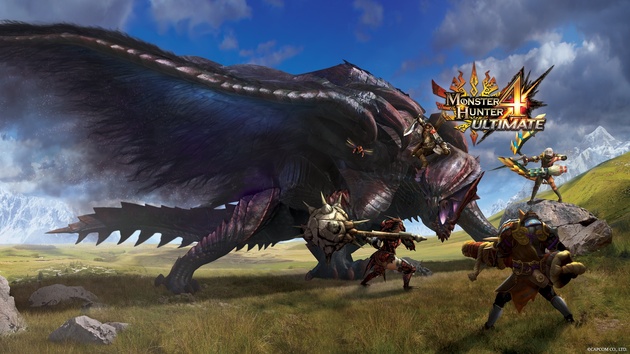
Our first piece of advice relates to an essential early activity in the game. Early on the Guild Quest list in the single player campaign will include training arena missions for each core weapon. There are 14 weapons in total (some are minor variations on others), and we recommend that each and every hunter become skilled users of at least three different options. Depending on target monsters, sub-objectives (which we'll come to later) and more, your favourite weapon may not always be absolutely perfect for the task.
We suggest you complete the training quest for every weapon to help you choose your options, and it's a great way to be introduced to the basic controls, strengths and weaknesses of each. The weapons are listed below, and we've placed them in type categories.
Close range, quick combat: These weapons are used for melee attacks, are lighter and allow more free, quick movement even with the weapon drawn:
Sword & Shield
Long Sword
Dual Blades
Close range, powerful but slow combat: These melee weapons are slower to wield and limit movement more when drawn, but are typically more powerful:
Great Sword
Hammer
Lance
Hunting Horn
Combo weapons: Details for each are below:
Gunlance — This weapon includes a basic gunner ability alongside melee style attacks.
Insect Glaive — Could easily be classed as Close Range, quick combat, the main attacks of this staff weapon are sweeping and quick. It also utilises gunner controls, however, to fire an insect that extracts buffs from monsters to boost your abilities.
Switch Axe — A weapon with an elemental charge and two forms - primarily a quicker Great Sword, it evolves into a powerful axe.
Charge Blade — A weapon with an elemental charge and two forms - primarily a sword and shield, it evolves into a powerful axe.
Ranged, long distance weapons: These "gunner" weapons can be augmented with special ammo that can be crafted or purchased, and require you to keep a distance and aim strategically. In Monster Hunter 3 Ultimate, Bowguns can be light (for better movement) or heavy (for greater power):
Light Bowgun
Heavy Bowgun
Bow
For most the choice will be between various melee weapons or multiple gunning options. These are important choices as they shake up how you accumulate and gather resources, too. With the new Insect Glaive you collect special resources that are fed to the weapon as nectar, with it being a weapon requiring more frequent upgrades. Other melee weapons have more conventional upgrade paths, with each new advancement bringing more power, and with options on which way a crafting path will go. For gunners, however, the concern is also with buying and crafting special ammunition, adding a whole new range of depth and strategy.
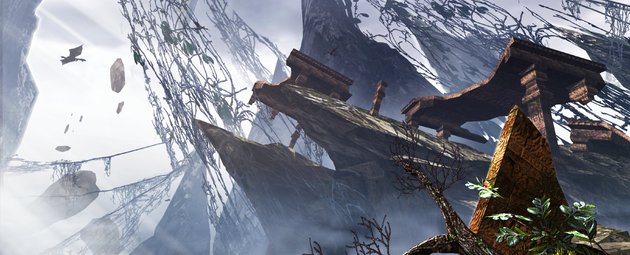
Throughout the course of the single player campaign, and through online quests, you'll travel to various locations. Many impose no special requirements upon you, but others do. For example, the Volcanic Hollow and Dunes lands (the latter comes later in the game) will necessitate Cool Drinks, while Frozen Seaway requires Hot Drinks. Always check the location before setting out on a quest, as later in the game monsters pop up in unexpected environments, making the relevant drinks a necessity in these cases.
Typically you'll have easy hunts or Harvest Tours when you go to a new land - the latter are excellent for obtaining vital ingredients and resources - so you should use these to familiarise yourself with each territory. We recommend placing the map graphic on the touch screen to clear the top screen, and you should look at each map closely and truly learn each location. The map shows you shortcuts and whether they're one way only, so be sure to follow it and figure out the quickest paths around a land, optimising your routes between areas.
Monster Hunter 4 Ultimate also introduces additional verticality in arena-like areas (of which there are typically 10 in a land). Some are actually on two tiers, but plenty of single-layer areas also have minor rises that prompt you to leap forward when you dash off the edge. These are there to cater for the new mounting mechanic, in which you instigate a quick-time sequence riding upon a monster to dish out more damage. You can only dash (with R) and jump off these - or down from one layer to another - with your weapon sheathed (we cover this mechanic in more detail below); familiarise yourself with these jumping off points, as they can be crucial.
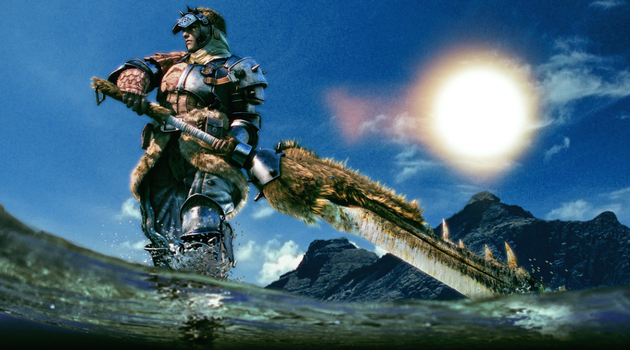
Monster Hunter is an action game, but only to a point. If your intention is to go far and be well equipped when the challenge ramps up later in the game, then you have a lot of gathering to do. Particularly early on, when the quests are easy, you should prioritise filling up your Item and Field pouch with as many resources as possible. Always have a good supply of Bug Nets and Pickaxes (not 'old' versions, as they're borderline useless) to gather bugs and vital ores. Make sure you explore thoroughly and learn the visual design for resources - plus keep an eye out for the A button prompt - and take time to build up your inventory. When you kill smaller animals and monsters, too, be sure to carve as much as possible (with A, again), as all of these resources matter.
Gathering resources is one thing, but putting them to use is another. Below are key areas where you can make the most of the items, herbs, mushrooms and ores that you've collected.
House - When in your house your item box is hugely useful. In here you can move items to and from your item pouch, but also combine / manage items. As you progress make sure that you buy each Book of Combos from a merchant as they become available, and unlock shortcuts in the Combo List (in Combine / Manage Items). As you learn more combinations you'll instinctively know which items to gather more often, and in the long run can craft items that can't be bought or simply save a lot of money.
In the house you can also establish equipment sets - as you gather more types of armour and weapons, this can be a useful shortcut.
Wycoon - This character joins your caravan early in the game and is an important figure. He will assign Villager Requests (in which you meet criteria to improve aspects of your group) but most importantly he will Multiply Items. There is no Farm in this entry, and Wycoon fulfils that role - you use Resource Points to farm vital items; there's plenty of choice, but we recommend keeping a steady flow of Herbs, Blue Mushrooms and Honey going, as these three ingredients are vital for combining Potions and Mega Potions to heal you in battle.
The Man - Each hub area has an armourer, but beyond the first hour of the game they're an irrelevance. The Man is your caravan's Smithy, and he can craft armour and weapons from scratch or upgrade your existing equipment - he'll also forge decorations, which can be placed in weapon and armour slots for vital ability boosts. This Smithy is a vital figure.
When creating armour or seeking to upgrade your weapons, it pays off to have a plan. Armour is more effective in complete sets, for example, and though it takes a while - like many aspects of this game - and will require multiple hunts, it's worth trying to complete full sets from one monster. Always keep an eye on the requirement for upgrading weapons, too, as this is vital in a quest for success. The Man also forges Palico gear - we'll cover Palico further below.

Now we get to the real business of hunting monsters. Monsters vary a huge amount, but below are key tips for when you head out on a quest.
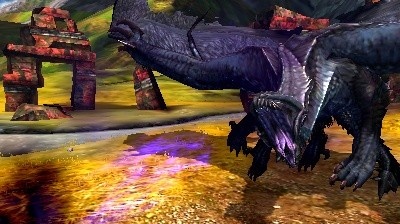
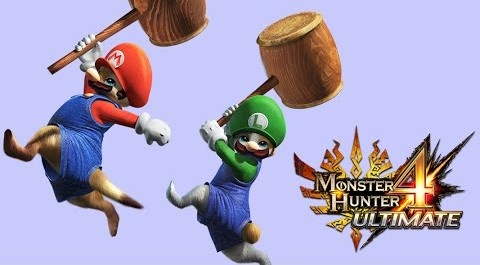
The Palico - previous known as Felines - are your companions in this game. You have an Ace Palico that always accompanies you - unless you give it a rest - and then you can take a second. As the game progresses you 'collect' Palico, eventually having a few dozen or more. You can find these in specified areas in each Land and 'recruit' them.
Within your house you have a Palico Board, in which you manage these companions. 1st Stringers are those that you take on quests - you can assign up to five for this purpose, with one going on quests (along with the Ace Palico) at a time. Keep an eye on their Enthusiasm level and give those with low numbers a rest. You can also manage their simplified equipment, and forge more with The Man.
This equipment is made from resources obtained Palico Quests. When you unlock Sunsnug Isle you can sent your secondary / reserve Palico on quests, with a rock-paper-scissors elemental style. It's best to wait for 'Provisions' to be at the max setting of three, and you can watch and manage these puppeteer like quests or automate it through your assistant Palico in your house. In any case these quests retrieve scraps that are then used (with The Man) to forge Palico gear. It's wise to do this, as if your Palico on the hunt are well equipped they'll do more damage to the monster and stay alive longer, which can be vital in distracting the monster's attention and allowing you to attack more freely.
Also on Sunsnug Island you can complete a fishing minigame, which is useful for resources.

An important point to note is that the offline campaign and online quests - though similar in levelled structure - are entirely separate. Due to this it's a good idea to alternate, to a degree, though the online quests ramp up in difficulty more quickly than the single player quests. We'd suggest that, for the first dozen hours or so, you devote most of your time to the offline game, progressing the story and building up your resources and capabilities. Online is ideal once you've hit a solid level of ability, especially as a quick way to defeat a lot of monsters and carve off vital drops. Ultimately, we do recommend seeing the campaign to its close, even if you do switch online for some sessions nevertheless.
When playing online it's wise to use the search options to find others at a similar level or with specific objectives, meanwhile, or you can setup your own rooms. Playing with friends is certainly the most fun option, if possible.
The key point is to try and avoid jumping online right away. Build yourself up and really learn how to play first.
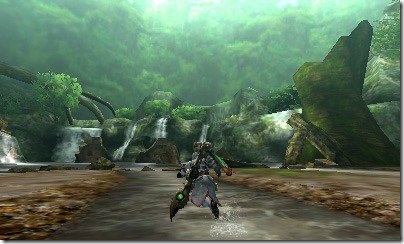
So far we haven't mentioned Expeditions. These are new in Monster Hunter 4 Ultimate and replace the Moga Woods of its predecessor. The principal is broadly the same, as it's an area that cycles between hosting different monsters. It's also the most valuable way to accumulate Resource Points - these are used to buy or acquire various things, and can be as important as standard money. Any creatures you kill in this area count for Resource Points, and the area as a whole is also hugely valuable for gathering standard and rare resources; be sure to take Bug Nets and Pickaxes, as always. In fact, you'll need to take plenty of potions, antidotes etc too, as only very limited items are provided in its starting area; you know in advance (mostly) which creatures will appear, so be well prepared to face them.
Next, be sure to complete quests requested by NPCs - when in a hub area there'll be characters with a speech bubble above their heads - speak to them and clear quests that they ask as 'favours'. These are vital for improving areas like Chef meals (for greater boosts), expanding Sunsnug Isle, the options available from Wycoon and more. These quests show in your campaign list with a speech bubble and should be treated as a priority.
Also, chat with your Housekeeper Palico regularly - it's a useful shortcut to instigate Palico quests, but also for accessing free DLC. At launch there is a hugely welcome 'Starter Pack' in the DLC area, and you can also access special 'Episodes' for extra content. The DLC options in this game are geared up to be substantial and impressive, so keep an eye on it regularly.
Those are some key areas, we feel. We'll have inevitably missed areas, so if you have questions post a comment below; we'll be returning to update and improve this guide in the coming days. In addition, the wiki below is a fantastic resource.
Expansive, detailed wiki — http://monsterhunter.wikia.com/wiki/Monster_Hunter_4_Ultimate

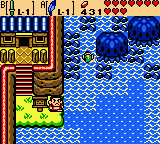

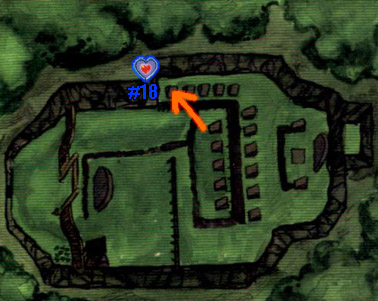
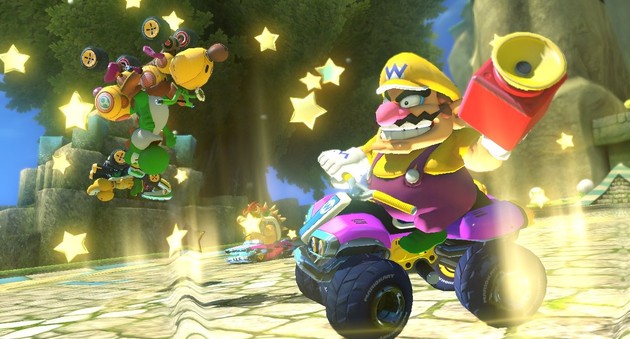 Guide: How to Beat Everyone Else in Mario Kart 8
Guide: How to Beat Everyone Else in Mario Kart 8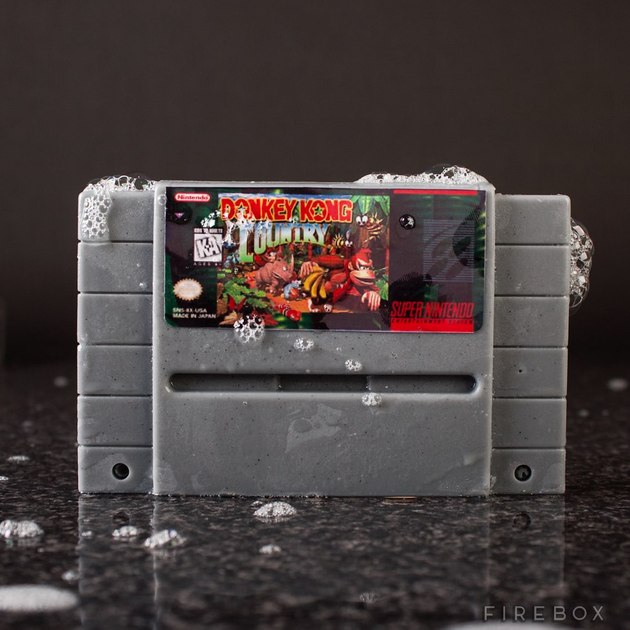 Guide: Wacky, Fun and Cool Nintendo Gifts for the Holiday Season
Guide: Wacky, Fun and Cool Nintendo Gifts for the Holiday Season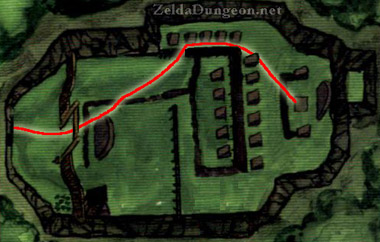 Ocarina of Time Walkthrough – The Mighty Collection –
Ocarina of Time Walkthrough – The Mighty Collection – 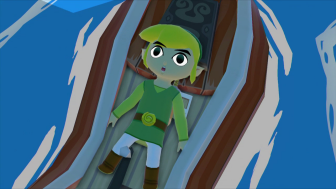 The Wind Waker Walkthrough – Windfall Island –
The Wind Waker Walkthrough – Windfall Island – 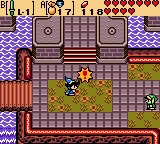 Oracle of Ages Walkthrough – Jabu-Jabu’s Belly –
Oracle of Ages Walkthrough – Jabu-Jabu’s Belly –